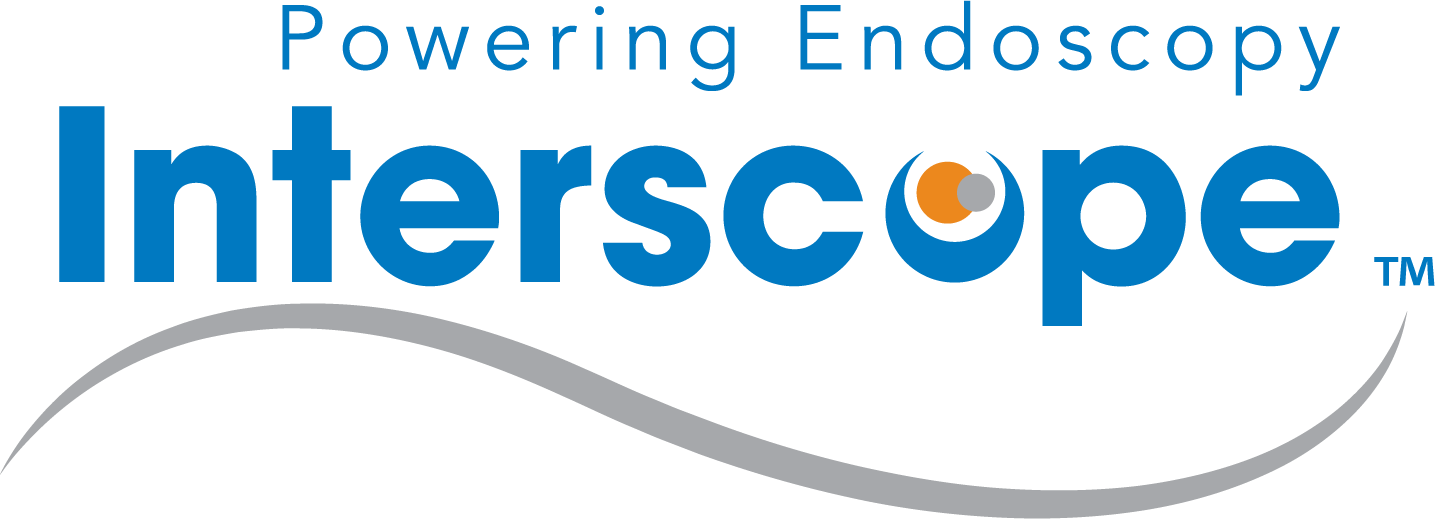Endoscopic Powered Resection (EPR)
EndoRotor® Features:
Determine your resection limits – instead of your instruments imposing their limitations on you. The EndoRotor® allows you to simultaneously dissect, resect and collect tissue. This 3-in-1 endoscopic resection tool provides features that complement today’s GI toolkit.- Endoluminal preservation - EndoRotor® enables resection of scarred, non-lifting lesions without removing muscle or performing full thickness resection, while maintaining lumen patency and avoiding surgery1-8
- Non-thermal mechanical resection of persistent adenoma1-7
- Used clinically to facilitate resection of EMR lateral margins and tissue bridges1,2,5-7
- Potential to replace multiple instruments and eliminate instrument exchange time
EndoRotor® EPR Safety and Efficacy
Media
Testimonials
FAQs
How does the EndoRotor work? . . .
The EndoRotor® is a next generation interventional device designed to address challenges of incomplete resection and post endoscopic mucosal resection scarred lesions. The EndoRotor® works by aspirating tissue into an opening at the tip of the flexible catheter. Tissue is dissected by a rotating blade on the inside of the catheter and transported into a tissue trap.
How does the EndoRotor help me? What are the advantages over how I perform resection today? . . .
The incidence of incomplete resection during EMR is well documented throughout clinical literature. Because of combined suction and rotation, the instrument allows the user to remove residual tissue without the need to lift, including post-EMR scarred lesions and lateral margins in primary resections. The EndoRotor® is a versatile tool that is not limited by tissue morphology.
What about pathological specimens? . . .
The EndoRotor has FDA clearance for use by gastroenterologists to resect and remove residual tissue from the peripheral margins following Endoscopic Mucosal Resection (EMR). Procedures completed by physicians globally routinely involve specimens evaluated by pathologists without challenge.
What about margins? . . .
In a recent series (Emmanuel et al.) following wide field EMR, physicians used magnification chromoendoscopy in to confirm negative margins. Using the EndoRotor to resect the apparently normal margins, pathology revealed a 18% residual tissue in the margins and 23% in the base of tissue previously shown as negative by magnification chromoendoscopy. 7
What about perforation or bleeding? . . .
The EndoRotor has been in use globally since 2016. Prophylactic epinephrine helps to mitigate bleeding risk. Perforation risk is within the standards of reported literature.
Where can I use the device? . . .
The EndoRotor is cleared for use by a trained gastroenterologist to resect and remove residual tissue, not intended for biopsy, of the gastrointestinal (GI) system including post-endoscopic mucosal resection (EMR) tissue persistence with a scarred base and residual tissue from the peripheral margins following EMR.
Are there any studies being done? . . .
Investigators completed several clinical trials. Currently active clinical trials include investigation for the removal of refractory Barrett’s mucosa. View Ongoing Clinical Studies | View Completed Clinical Trials
References
1. Emmanuel A, Haji A, et al. Incidence of microscopic residual adenoma after complete wide-field endoscopic resection of large colorectal lesions: evidence for a mechanism of recurrence. Gastrointestinal Endoscopy, 2021, doi.org/10.1016/j.gie.2021.02.010.
2. Kaul V, et al. Safety and efficacy of a novel powered endoscopic debridement tissue resection device for management of difficult colon and foregut lesions: first multicenter U.S. experience. Gastrointestinal Endoscopy, 2020, doi:10.1016/j.gie.2020.06.068.
3. Pellegatta G, et al. Cutting-edge effective endoscopic technique to remove scarred polyps. Endoscopy. 2020;10(S1):S328. doi: 10.1055/s-0040-1705060..
4. Knabe M, et al. Endoskopische Abtragung eines vernarbten Adenoms im Rektum mittels EndoRotor [Endoscopic resection of a scarred rectal adenoma using EndoRotor]. Z Gastroenterol. 2019;Oct;57(10):1226-1229. doi: 10.1055/a-0991-0839. German, with English abstract..
5. Ayub K, et al. Safety and efficacy of the novel EndoRotor mucosal resection system: first multicenter USA experience. Am J Gastroenterol. 2019;Oct;114:S502-S503. doi: 10.14309/01.ajg.0000593000.03914.0d.
6. Kandiah K, et al. A novel non-thermal resection tool in endoscopic management of scarred polyps. EIO. 2019; 07: E974-E978. doi: 10.1055/a-0838-5424.
7. Emmanuel A, Haji A, et al. Microscopic residual lesion after apparent complete EMR of large lesions: evidence for mechanism of recurrence, Gut. 2018;Jun;67:A10. doi: 10.1136/gutjnl-2018-BSGAbstracts.
8. Knabe M, May A, et al. Non-thermal ablation of non-neoplastic Barrett’s esophagus with the novel EndoRotor® resection device. United European Gastroenterology Journal 0(0) 1–6 2018.









“EndoRotor® is an exciting new addition to our armamentarium in the management of difficult to remove lesions. This includes partially, resected polyps, and lesions in challenging locations, e.g., lesions in the appendiceal orifice, in the diverticula, and in some parts of duodenum. It is also useful in the management of refractory Barrett's esophagus. In addition, although currently an investigational use, we are seeing the EndoRotor® as a significant advancement in endoscopic management of walled-off pancreatic necrosis.”
— Kamran Ayub, MD
Interventional and Therapeutic Endoscopy
New Lennox, Illinois
“EndoRotor® is a great adjunct in the treatment of residual/recurrent tissue at prior polypectomy sites that can be difficult to remove with standard techniques. We have had great success with use of this device in this setting.”
— Rebecca Burbridge, MD
Division of Gastroenterology, Director of Advanced Endoscopy
Duke University Medical Center, Durham, North Carolina
“The EndoRotor® provides a unique platform to remove unwanted tissues from the foregut, midgut and hindgut by essentially debriding premalignant, non-lifting lesions that have invaded as deep as the sub-mucosa, while capturing fragmented tissues. The process is safe, efficient and without a steep learning curve, offering an alternative to other methods such as endoscopic submucosal dissection.”
— Stuart Amateau, MD
Interventional and Therapeutic Endoscopy
Associate Professor University of Minnesota
“The EndoRotor® is an exciting and safe invention that would be easier for flat polyp removal when piecemeal removal is necessary. Studies have shown it to be useful for clean up after piecemeal polypectomy.”
—Norio Fukami, MD
Advanced Endoscopy Fellowship Director
Mayo Clinic